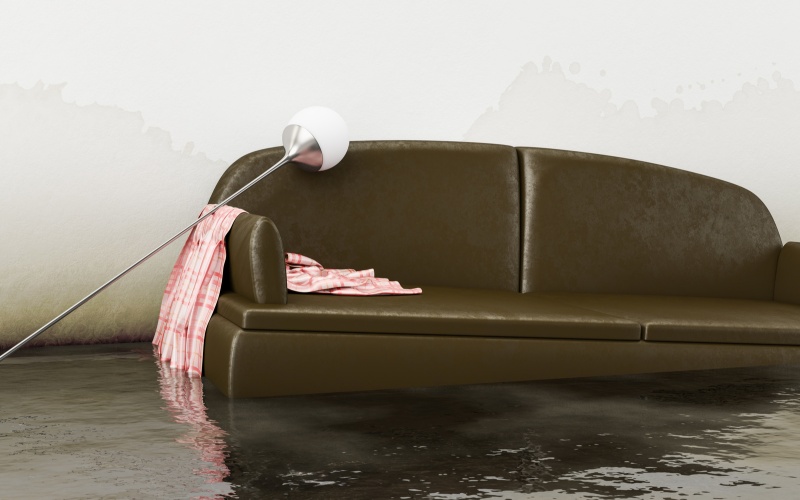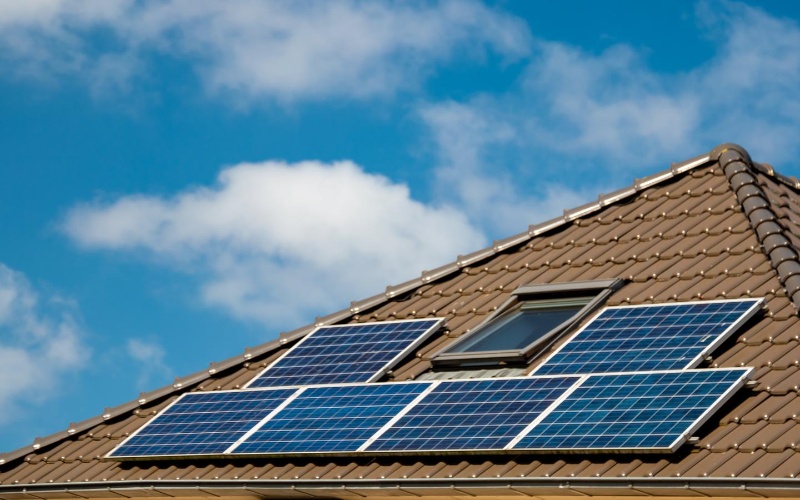Stand-up paddleboarding (SUP) combines relaxation, fitness, and exploration in a way few sports can match. Whether you're gliding through calm lakes, catching small ocean waves, or practicing yoga on the water, the right board can completely transform your experience. With the growing variety of boards, materials, and features, it’s important to know what to look for before making a purchase.
Understanding the Different Types of Paddleboards
Each paddleboard type serves a different purpose, so matching the board to your activity is crucial.
-
All-Around Boards: Great for beginners and casual paddlers. They perform well in a variety of water conditions and offer a balance of stability and maneuverability.
-
Touring Boards: Designed for long-distance paddling. These are longer and narrower, allowing better glide and efficiency in flatwater environments.
-
Surf SUPs: Shorter with a narrow tail, these are ideal for catching waves. However, they’re less stable on flatwater.
-
Racing Boards: Long and sleek, built for speed and competitive paddling. They require good balance and technique.
-
Yoga SUPs: Wide and stable with a soft top deck, perfect for on-water fitness and stretching routines.
-
Fishing SUPs: Extra-wide with mounts or room for gear, designed to support casting and carrying equipment.
Choosing Between Inflatable and Hard Paddleboards
One of the first decisions to make is whether to go inflatable or hard (epoxy) board.
-
Inflatable SUPs: Portable and easy to store. Ideal for travelers or those with limited storage space. High-quality inflatables are surprisingly rigid when fully pumped.
-
Hard SUPs: Offer superior performance in speed and wave handling. Better for surfing or racing. Require roof racks or storage space.
If you’re just getting started, an inflatable board may be more convenient and forgiving. However, experienced paddlers or performance-focused users may prefer the responsiveness of a hard board.
Key Factors to Consider Before Buying
Several specs and features determine how well a paddleboard will meet your needs:
-
Length: Longer boards (10–14 ft) offer better tracking and speed, ideal for touring or racing. Shorter boards (under 10 ft) turn more easily, great for surfing or kids.
-
Width: Wider boards (over 32 inches) provide more stability, ideal for yoga or beginners. Narrower boards offer better speed and agility.
-
Thickness: Most inflatable SUPs are around 6 inches thick. Thicker boards can carry more weight and provide greater rigidity.
-
Volume & Weight Capacity: Make sure the board can support your weight, especially if you plan to carry gear, pets, or another person.
Deck Features That Matter
Don’t overlook the importance of the deck design. Some boards offer comfort and utility features that greatly enhance the user experience:
-
Deck Pad: A soft, textured area where you stand. Look for a non-slip pad that feels comfortable on bare feet and helps you stay balanced.
-
Bungee Storage: Straps at the nose or tail let you secure dry bags, water bottles, or gear.
-
D-Rings: Useful for attaching kayak seats, leashes, or towing lines.
-
Handles: Most boards have center handles for carrying. Some also include side or nose handles for easier transport and launching.
Fins and Their Role
The fin configuration affects how the board tracks (stays straight) and turns.
-
Single Fin: Simple and common. Best for flatwater paddling, helps with tracking.
-
3-Fin Setup (Thruster): Improves maneuverability and stability, especially in surf.
-
2+1 Setup: A large center fin with two smaller side fins. Offers balance between tracking and control.
ADVERTISEMENT
Some inflatable boards have removable fins, while others are fixed. Removable fins allow for customization and easier storage.
Paddle Considerations
A good paddle makes a big difference in comfort and efficiency.
-
Material: Aluminum paddles are affordable but heavier. Fiberglass is lighter and more durable. Carbon fiber is the lightest and most efficient but also the most expensive.
-
Adjustability: Adjustable paddles are ideal for sharing or switching between standing and kneeling positions. Fixed-length paddles are lighter and more suited to serious users.
-
Blade Shape: Teardrop blades deliver powerful strokes, while rectangular blades are easier on the shoulders and better for cruising.
Accessories You’ll Want
Many paddleboards come with bundles that include accessories. Here's what to look for:
-
Pump: If you’re buying an inflatable SUP, a high-pressure manual or electric pump is essential.
-
Leash: Tethers you to your board for safety. Coil leashes are best for flatwater, while straight leashes are good for surf.
-
Carrying Bag: Especially important for inflatables. Look for padded straps and space for all your gear.
-
Repair Kit: Inflatables often include a small patch kit for minor punctures.
-
Life Jacket (PFD): Many waterways require them by law. Choose a SUP-specific design that allows freedom of movement.
Tips for First-Time Buyers
-
Try before you buy if possible. Renting a few board types will help you decide what suits your body and goals.
-
Stick to well-reviewed brands, especially if buying online. Customer reviews often provide insight into durability and quality.
-
Don’t cheap out too much. Budget boards might lack the durability or rigidity you need, especially for heavier paddlers.
-
Watch for package deals that include quality paddles, leashes, and bags. These can offer great value.
Where to Buy a Paddleboard
You can purchase a stand-up paddleboard from:
-
Local Outdoor Retailers: You get expert guidance and may be able to test gear.
-
Online Stores: Great variety and deals, but be sure to check return policies and customer reviews.
-
Specialty SUP Shops: Often carry high-end boards and accessories with expert support.
Storage and Maintenance
Proper care will keep your paddleboard performing well for years:
-
Rinse your board with fresh water after every use to remove salt, dirt, and debris.
-
Store in a shaded, cool area away from direct sunlight to prevent material breakdown.
-
Keep inflatables loosely rolled or lightly inflated to preserve seams and shape.
Buying the right paddleboard can open up a whole new world of fitness, fun, and adventure. From selecting board types to evaluating deck features and paddles, knowing what to look for will ensure you choose a SUP that fits your lifestyle—and floats your expectations.




